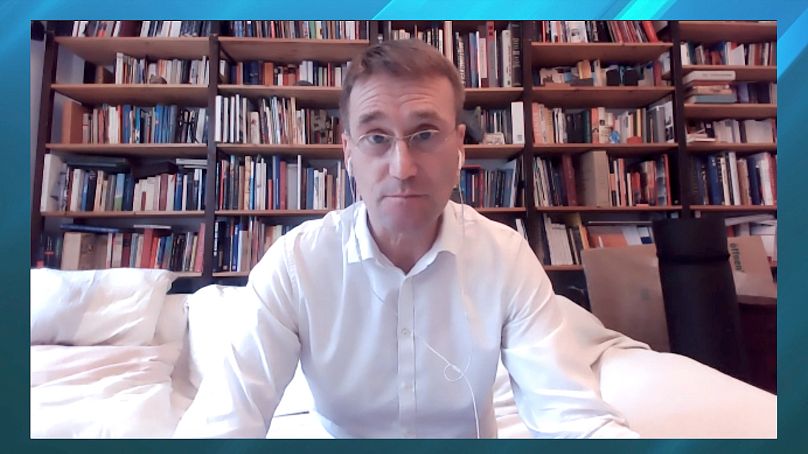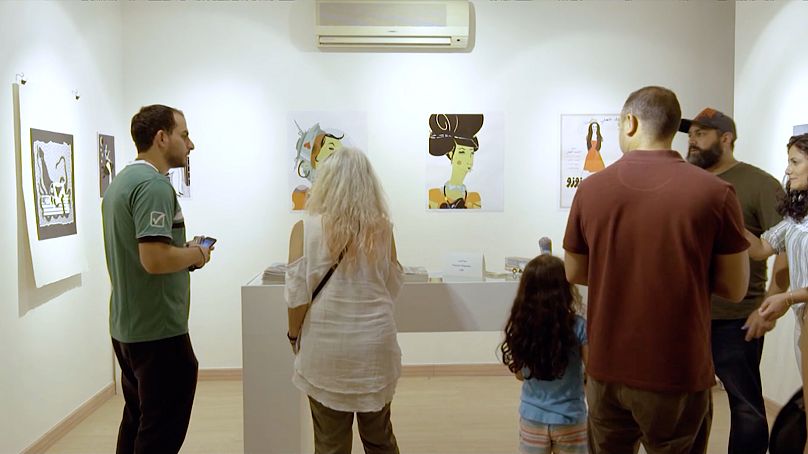In the spirit of inclusion and appealing to as broad an audience as possible, once rarely seen and sacred artifacts, are now accessible to many in museums and galleries around the world.
In the spirit of inclusion and appealing to as broad an audience as possible, once rarely seen and sacred artifacts, are now accessible to many in museums and galleries around the world.
“Museums are democratizing and inclusive,” according to the International Council of Museums in 2019, a Paris-based institution which believes the current definition of a museum is outdated.
“The Covid-19 pandemic made it very clear to us that the museum of the 20th century doesn’t fit into the 21st century,” Dr. Matthias Henkel, a chairperson and member of the council, told Salim Essaid. “There are many global trends as we can see, globalization, digitization, diversity, migration.”
There's a new type of gallery and museum-goer, added Henkel, which reflects the need for museums and galleries to house collections rich in diverse cultural and ethnic representation.
“Museums deal with objects from abroad, out of the context of other cultures,” he told Inspire Middle East. “Therefore, you need to build a bridge into other religions, or into other cultures.”
International offerings
In the United Kingdom, the British Museum’s ‘Living with gods’ exhibition, which ran until April 2018, held artifacts of worship from numerous faiths.
The showcase included spiritual idols and items from West Africa’s Yoruba people and Zoroastrian communities in India.
In Paris, the Louvre Museum contains a gallery of around 3,000 Islamic art objects, spanning 1,300 years, sourced from Europe to Southeast Asia.
In the Middle East, shortly after Pope Francis’ visit to the UAE capital in 2019, the Louvre Abu Dhabi launched a 'Universal Religions' wing.
The display featured Jewish Torah scrolls, a medieval Bible, a North African blue Quran and Buddhist totems, reflecting the country's many faiths and nationalities.
Artful impact
The Jordan National Gallery of Fine Arts is striving to appeal to local and global audiences, with its permanent collection of more than 2,800 artworks.
Ceramics, paintings and installations of Christian and Byzantine influence are displayed alongside intricate works of Islamic calligraphy.
‘Inclusive artistry’, is critical for today’s globalized society, says the gallery’s executive director.
“It helps people to cope and understand, to empathize with the other,” Khaldoun Hijazin told Euronews. “Most of the cultural and political crises, you see, it comes from the idea of not accepting the other. [A gallery’s] mission is to represent and celebrate this plurality of cultures and world views.”
The museum executive went on to say that inclusion not only encompasses religions and cultures but also many generations.
For example, in 2018, the gallery launched ‘The Factory Platform’, giving young museums-goers the opportunity to get involved in the creative process of making art and learning about the history of local and global communities.













